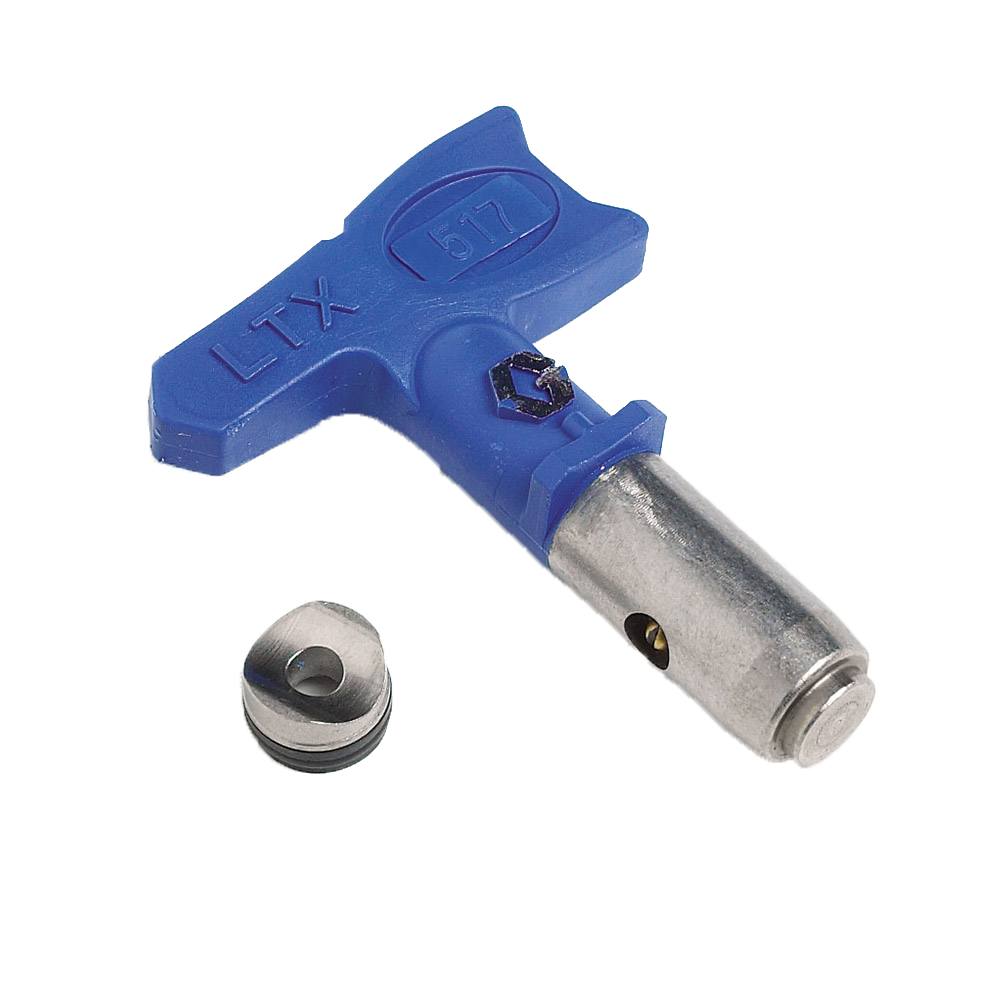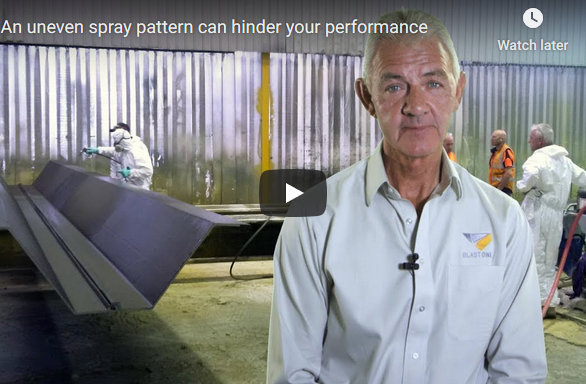Properly mixing industrial paint is critical for achieving a durable and high-quality finish. Whether you’re preparing a coating for a small project or a large-scale industrial application, following the right steps can prevent issues like uneven application, poor adhesion, or curing problems. Here’s a step-by-step guide to ensure your paint is mixed correctly every time.
1. Read the MSDS
Start by thoroughly reading the Material Safety Data Sheet (MSDS). It contains essential information on the specific coating you’re using, including any special mixing instructions and safety precautions.
2. Check Batch Numbers and Paint Temperatures
Before mixing, confirm that the paint is within its expiration date by checking the batch number. Additionally, ensure that the paint is at the recommended temperature for mixing and application as specified in the MSDS.
3. Determine if Pre-Mixing is Needed
Depending on the paint type, you may need to pre-mix the components separately before combining them. If mixing partial packs, always measure by weight to maintain the correct ratios.
4. Mixing Technique
To avoid introducing air and moisture, use a high-quality mixing blade like the Jiffy Mixer. Secure the drum, mix from the bottom up, and control the vortex to minimize air bubbles and moisture contamination.
5. Blend Parts A & B
After pre-mixing, combine Part B into Part A. Mix at high speeds for at least two minutes after the mixture looks consistent to ensure thorough blending.
6. Add Solvent
Always add the solvent after blending the main components. Adding solvent too early can hinder the mixing process by lowering shear.
7. Pump the Paint Correctly
Avoid pumping directly from the mixing container to prevent contaminating the mixture with unmixed material. Monitor the pot life closely, and change the drum before the paint’s pot life expires to prevent clogging and curing issues.
Safety Warnings: Mixing paint can create a potentially explosive environment. Adhere to safety protocols such as using metal drums, staying grounded during mixing, and following regulations like OSHA 29 CFR 1910.307, NFPA 70 or NFPA 33 requirements.
 My Account
My Account





